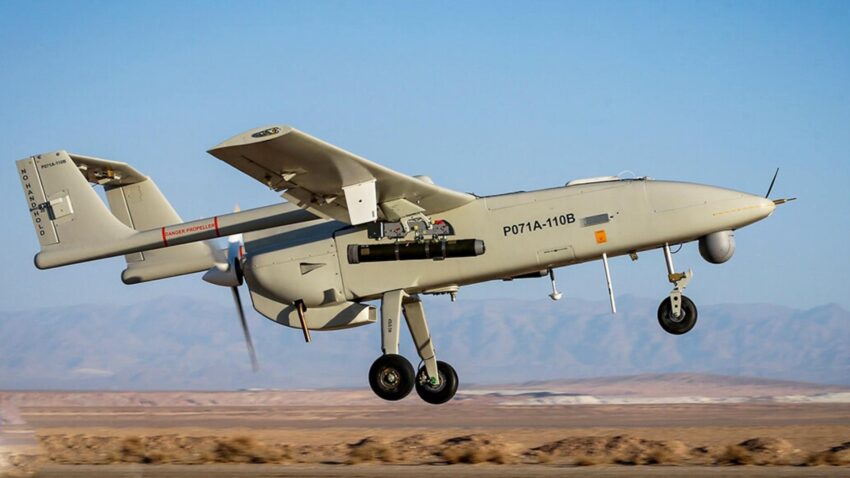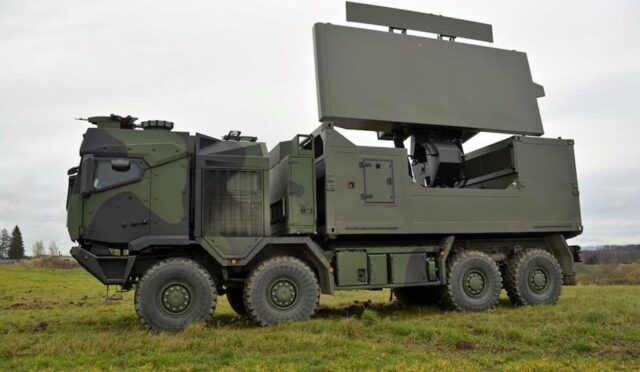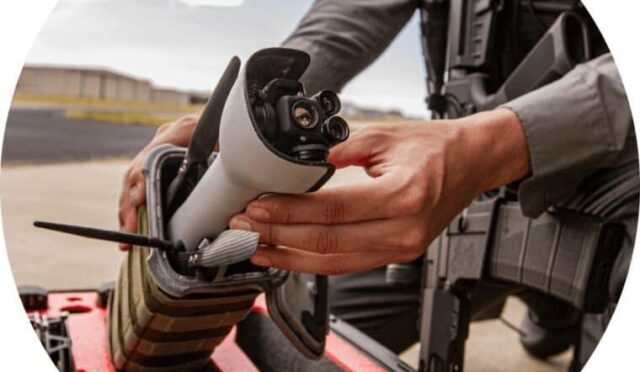Iran Introduces Advanced Combat Drones
Iran has recently unveiled a set of three new combat drones: Homa, Dideban, and Shahin-1. These additions are part of the country’s initiative to enhance its fleet of domestically manufactured unmanned aerial vehicles. The announcement was made at a drone base located in southeastern Iran, showcasing Tehran’s commitment to developing autonomous military technology.
With the introduction of these drones, Iran aims to bolster its operational capabilities significantly. The new models are designed with advanced features that include vertical take-off and landing (VTOL), kamikaze strike options, and capabilities for electronic warfare, reflecting a robust investment in military innovation.
Features and Capabilities of Homa Drone
Among the trio, the Homa drone stands out as a versatile VTOL unit. It boasts the ability to reach impressive altitudes of up to 12,000 feet (3,657 meters) and is outfitted with sophisticated night vision technology. This makes Homa an exceptional asset for reconnaissance missions, particularly in airspaces where electronic jamming might impede operations.
Homa is specifically crafted for environments that pose challenges for traditional aircraft, allowing Iran to maintain surveillance and gather vital intelligence even under adverse conditions. This drone exemplifies how Tehran is adapting to modern warfare scenarios, focusing on technology that addresses current threats.
The Role of Dideban and Shahin-1 in Iran’s Strategy
The other two drones, Dideban and Shahin-1, also play crucial roles in Iran’s military strategy. While details on their specifications have been less publicized, it is anticipated that they complement the capabilities of Homa through varied tactical applications. Their introduction signals Iran’s ongoing effort to diversify its drone technology and enhance its military readiness.
Each of these drones is expected to contribute uniquely to Iran’s aerial operations, providing both offensive and defensive capabilities in regional conflicts. By developing these technologies, Iran not only strengthens its own defense posture but also showcases its evolving approach to unmanned warfare.
A Strategic Enhancement for Iran’s Military Forces
The unveiling of Homa, Dideban, and Shahin-1 marks a significant milestone in Iran’s defense strategy. This development is indicative of the country’s broader ambition to achieve self-sufficiency in military hardware and reduce reliance on foreign technology. Iran’s investment in drone technology reflects its understanding of modern combat needs and the importance of unmanned systems in contemporary warfare.
As these drones become operational, they are expected to reshape the military landscape in the region. Iran’s focus on developing such advanced systems could lead to increased tensions, as neighboring countries assess the implications of these new capabilities on regional security dynamics.
Conclusion: The Future of Iranian Drone Warfare
In conclusion, the introduction of the Homa, Dideban, and Shahin-1 drones signals a pivotal shift in Iran’s military capabilities. By investing in advanced aerial technology, Iran is positioning itself as a formidable force in the realm of unmanned warfare. The long-term impact of these developments on both Iran and its neighboring countries remains to be seen.
As drone warfare continues to evolve globally, Iran’s advancements may influence not only its military strategy but also the broader geopolitical landscape. Observers will be closely monitoring how these additions to Iran’s arsenal will shape its defense posture in the years to come.







